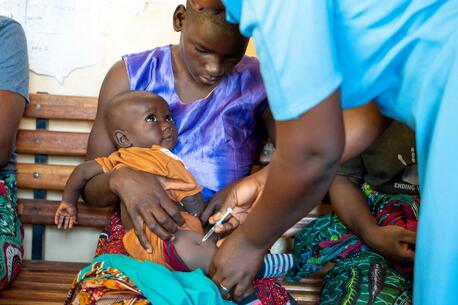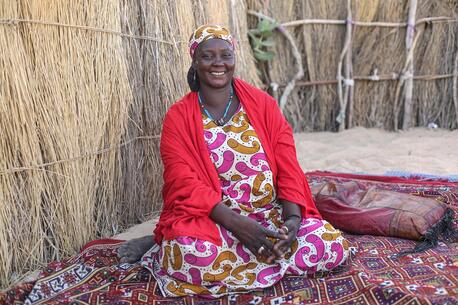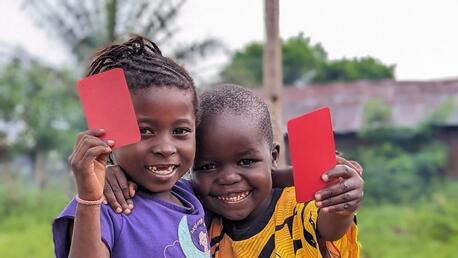50 years of progress
Even after all the gains the Child Survival Revolution has made, the equivalent to every American child under 5-years old living east of the Mississippi River dies in developing countries every year. Putting a stop to that should be a priority.
Jake Delman is a George Washington University Federal Work Study student working in the U.S. Fund for UNICEF's Office of Public Policy and Advocacy. Fifty years ago, the 35th President of the United States, John Fitzgerald Kennedy, issued an executive order to create the United States Agency for International Development.
USAID began with President John F. Kennedy's vision for foreign assistance. Today USAID continues to save lives and advance opportunity around the world.

In a policy speech that year he stated: “…there is no escaping our obligations: our moral obligations as a wise leader and good neighbor in the interdependent community of free nations--our economic obligations as the wealthiest people in a world of largely poor people, as a nation no longer dependent upon the loans from abroad that once helped us develop our own economy--and our political obligations as the single largest counter to the adversaries of freedom”. In 1985, USAID teamed up with UNICEF and the U.S. Congress to launch the Child Survival Revolution. A completely new and efficient take on helping children survive preventable diseases, this “revolution” has had unprecedented success in combatting factors that cause needless child deaths in the developing world. A “needless child death” is when a child dies from a disease for which we have a vaccine or from a simple ailment such as diarrhea that we know how to treat with oral rehydration salts. If American children aren’t dying (or even coming close to dying) from these diseases, then why should children anywhere? We, as Americans, have a moral responsibility to help these children around the world—and polls show that a majority of Americans agree. The evidence is clear that this partnership makes a difference for children. Since 1960, UNICEF working with USAID and other partners has cut the world’s child mortality rate in half. We are on the right track to end all needless child mortalities worldwide. With its tiny share of taxpayer money, USAID works with UNICEF to provide immunizations and other life-saving interventions, combat malnutrition in the countries where it is most common, and improve healthcare opportunities in these countries. Childhood disease in the developing world has seemed to be one of those tough, perennial issues that nobody can quite figure out how to solve. However, the numbers tell a different story. While it certainly is an ongoing issue, it is also a very solvable one. The knowledge and the infrastructure are all already there. UNICEF can’t do this alone; the leadership of the U.S. Government, led by USAID, is crucial. Even after all the gains the Child Survival Revolution has made, the equivalent to every American child under 5-years old living east of the Mississippi River dies in developing countries every year. Putting a stop to that should be a priority. Join our efforts!


